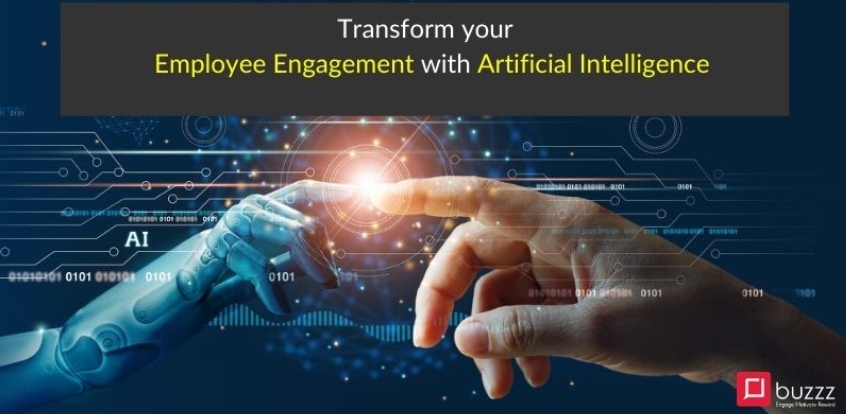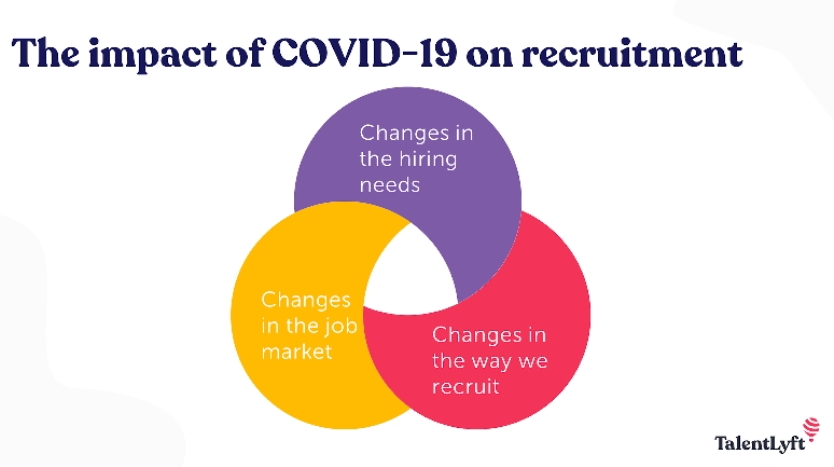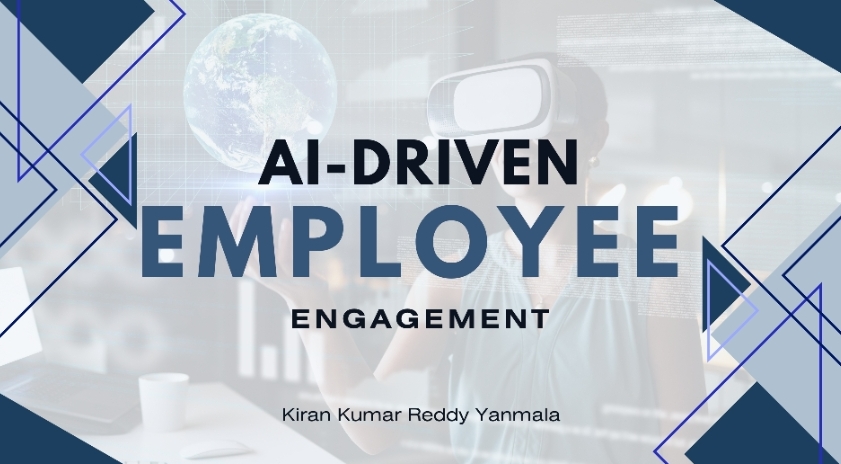As organizations sought to optimize their workforce and enhance productivity, employee engagement emerged as a critical focus for Human Resources (HR). By 2021, advancements in Artificial Intelligence (AI) and Machine Learning (ML) had begun to significantly transform how HR professionals approached employee engagement, offering new tools and insights to create more dynamic, responsive, and personalized work environments.
The Early Days of AI in HR
Initial Applications of AI and ML in HR
Before the widespread adoption of AI-driven solutions, HR practices largely relied on traditional methods for managing employee engagement. Surveys, feedback forms, and face-to-face interactions were the primary tools for gauging employee satisfaction and identifying areas for improvement. However, these methods were often time-consuming, limited in scope, and reactive rather than proactive.
The early 2010s marked the beginning of AI’s integration into HR, with machine learning algorithms initially being used to automate repetitive tasks such as resume screening and candidate matching. These early applications demonstrated AI’s potential to streamline processes and improve efficiency, but their impact on employee engagement was still in its infancy.
As AI technology matured, its application in HR expanded to more complex areas, including predictive analytics and sentiment analysis. These advancements allowed HR professionals to move beyond manual data collection and analysis, enabling them to gain deeper insights into employee behavior, preferences, and needs.
The Rise of AI-Driven Employee Engagement

Predictive Analytics: Anticipating Employee Needs
By the mid-2010s, predictive analytics had become a key component of AI-driven employee engagement strategies. Machine learning models could analyze vast amounts of data from various sources—such as employee surveys, performance reviews, and communication patterns—to identify trends and predict future outcomes. This shift allowed HR teams to anticipate issues like employee burnout, dissatisfaction, or turnover before they escalated, enabling more timely and effective interventions.
For example, companies like IBM began using AI to analyze employee data and predict attrition rates, allowing HR teams to proactively address the factors contributing to turnover. By understanding the likelihood of an employee leaving, HR could implement targeted retention strategies, such as offering development opportunities, adjusting workloads, or improving workplace culture.
Sentiment Analysis: Understanding Employee Emotions
Sentiment analysis, a subset of AI, became increasingly valuable for understanding the emotional state of employees. This technology allowed HR departments to monitor employee sentiment in real-time by analyzing text from emails, chat messages, and social media posts. By identifying keywords, tone, and language patterns, AI could assess whether employees were feeling positive, stressed, or disengaged.
Tools like Glint and Culture Amp began incorporating sentiment analysis into their platforms, offering HR teams a continuous pulse on employee morale. This real-time feedback loop enabled organizations to address concerns more swiftly, fostering a more responsive and supportive work environment.
Personalization: Tailoring the Employee Experience
AI also enabled the personalization of the employee experience, a trend that gained momentum in the late 2010s. Machine learning algorithms could analyze individual employee data—such as job history, skills, interests, and performance metrics—to deliver customized development plans, career pathing, and learning opportunities.
For instance, platforms like Degreed and LinkedIn Learning utilized AI to recommend personalized learning paths based on an employee’s role, aspirations, and previous training. This approach not only enhanced employee engagement by aligning professional development with personal goals but also helped organizations maximize the potential of their workforce.
AI-Powered Chatbots: Enhancing Communication and Support
The use of AI-powered chatbots in HR began to rise in the late 2010s, offering employees instant access to information and support. Chatbots like HR Virtual Assistants (HRVAs) could handle routine HR inquiries, provide guidance on company policies, and assist with administrative tasks, such as scheduling time off or updating personal information.
These AI-driven tools improved the employee experience by making HR support more accessible and reducing the time employees spent on administrative tasks. Moreover, chatbots could be programmed to recognize when an employee needed more personalized support, seamlessly escalating issues to human HR professionals when necessary.
The Impact of AI on Employee Engagement During COVID-19

The Acceleration of AI Adoption
The COVID-19 pandemic in 2020 accelerated the adoption of AI-driven solutions in HR as organizations grappled with the sudden shift to remote work. The need to maintain employee engagement and productivity in a remote environment highlighted the value of AI tools that could monitor and enhance the employee experience from a distance.
During the pandemic, companies increasingly turned to AI for real-time analytics, sentiment analysis, and personalized communication. For example, AI-powered platforms helped HR teams track employee well-being and adapt engagement strategies to the unique challenges posed by remote work, such as isolation, burnout, and work-life balance.
Case Study: Microsoft
Microsoft leveraged AI to support its remote workforce during the pandemic. The company used its Workplace Analytics tool, powered by AI, to analyze communication patterns and work habits across its global workforce. By understanding how employees were adapting to remote work, Microsoft was able to implement changes to improve collaboration, reduce burnout, and foster a more supportive work environment. This proactive approach, driven by AI insights, helped maintain high levels of engagement and productivity during a period of unprecedented disruption.
Challenges and Considerations
Data Privacy and Ethical Concerns
As AI-driven HR tools became more prevalent, concerns about data privacy and ethics also grew. The collection and analysis of employee data raised questions about consent, transparency, and the potential for misuse. Organizations had to navigate these challenges carefully, ensuring that AI-driven initiatives complied with data protection regulations and respected employee privacy.
To address these concerns, companies began implementing strict data governance policies and providing employees with clear information about how their data would be used. Additionally, some organizations opted for anonymized data collection to mitigate privacy risks while still benefiting from AI-driven insights.
Balancing AI and Human Interaction
While AI offered significant advantages in enhancing employee engagement, it was crucial for organizations to strike a balance between automation and human interaction. Over-reliance on AI could lead to a depersonalized work environment, where employees felt disconnected from their colleagues and managers.
To prevent this, many organizations adopted a hybrid approach, where AI tools were used to augment, rather than replace, human HR efforts. For example, AI could handle routine tasks and provide data-driven insights, while HR professionals focused on building relationships, offering emotional support, and making strategic decisions that required a human touch.
The Future of AI-Driven Employee Engagement Post-2021
Continued Integration of AI in HR
As organizations continued to refine their use of AI in HR beyond 2021, the focus was expected to shift towards more seamless integration of AI tools across all aspects of employee engagement. AI-driven platforms were anticipated to become more sophisticated, offering even deeper insights and more personalized experiences for employees.
AI-Enhanced Leadership Development
One emerging trend was the use of AI to enhance leadership development programs. Machine learning algorithms could analyze leadership styles, team dynamics, and performance outcomes to identify high-potential employees and tailor development programs accordingly. This approach would help organizations cultivate future leaders who were not only skilled but also deeply engaged and aligned with company values.
AI and Diversity, Equity, and Inclusion (DEI)
Another anticipated development was the use of AI to advance diversity, equity, and inclusion (DEI) initiatives. AI-driven analytics could help organizations identify and address biases in hiring, promotions, and performance evaluations, ensuring that all employees had equal opportunities to succeed. By fostering a more inclusive workplace, organizations could boost engagement among underrepresented groups and create a more equitable work environment.
Conclusion
By 2021, AI and machine learning had transformed employee engagement, offering HR professionals powerful tools to understand, predict, and enhance the employee experience. From predictive analytics and sentiment analysis to personalized learning and AI-powered chatbots, these technologies enabled organizations to create more responsive, supportive, and engaging work environments. While challenges remained, particularly around data privacy and the balance between automation and human interaction, the potential benefits of AI-driven employee engagement were undeniable. As AI technology continued to evolve, its role in shaping the future of work and HR was expected to grow, paving the way for more innovative and impactful approaches to employee engagement.
About the Author
Kiran Kumar Reddy Yanamala is a Sr System Analyst known for enhancing HR systems with automation and innovation. Kiran hold a Master’s in Information Systems and a B.Tech in Computer Science. Kiran’s expertise in Workday development has led to significant improvements in talent management and system analysis. Kiran is recognized for the leadership and mentorship within the professional community.
References
- IBM. (2018). IBM Watson Talent: AI-Powered HR Solutions. Retrieved from IBM Watson.
- Gartner. (2019). Predictive Analytics in HR: Improving Employee Engagement and Retention. Retrieved from Gartner Insights.
- Glint. (2020). The Power of Real-Time Employee Engagement: How AI is Shaping the Future of HR. Retrieved from Glint Blog.
- Microsoft. (2020). Workplace Analytics: Leveraging AI to Support a Remote Workforce During COVID-19. Retrieved from Microsoft Blog.
- Culture Amp. (2020). AI and Sentiment Analysis: Transforming Employee Feedback into Actionable Insights. Retrieved from Culture Amp Resources.
